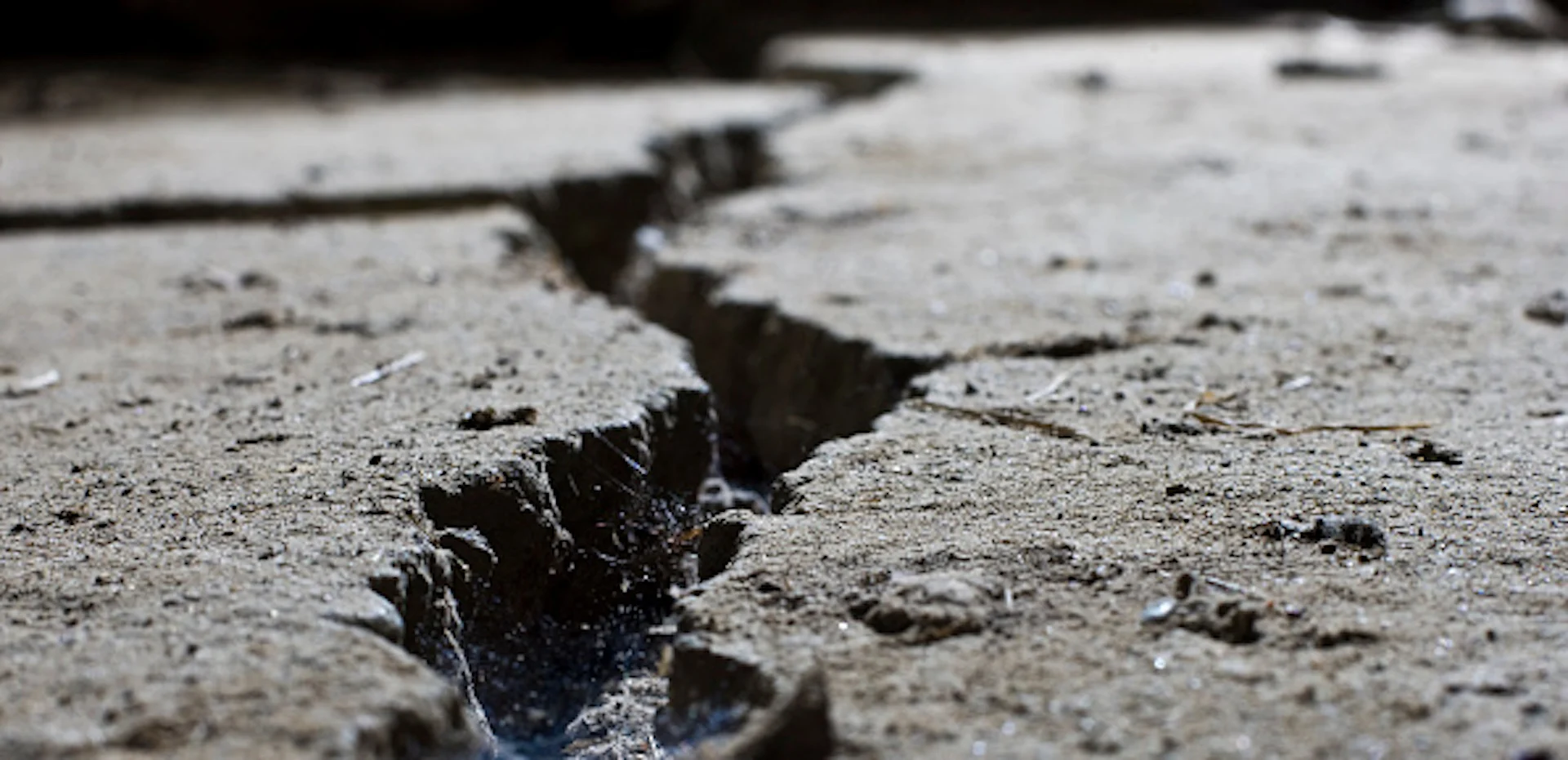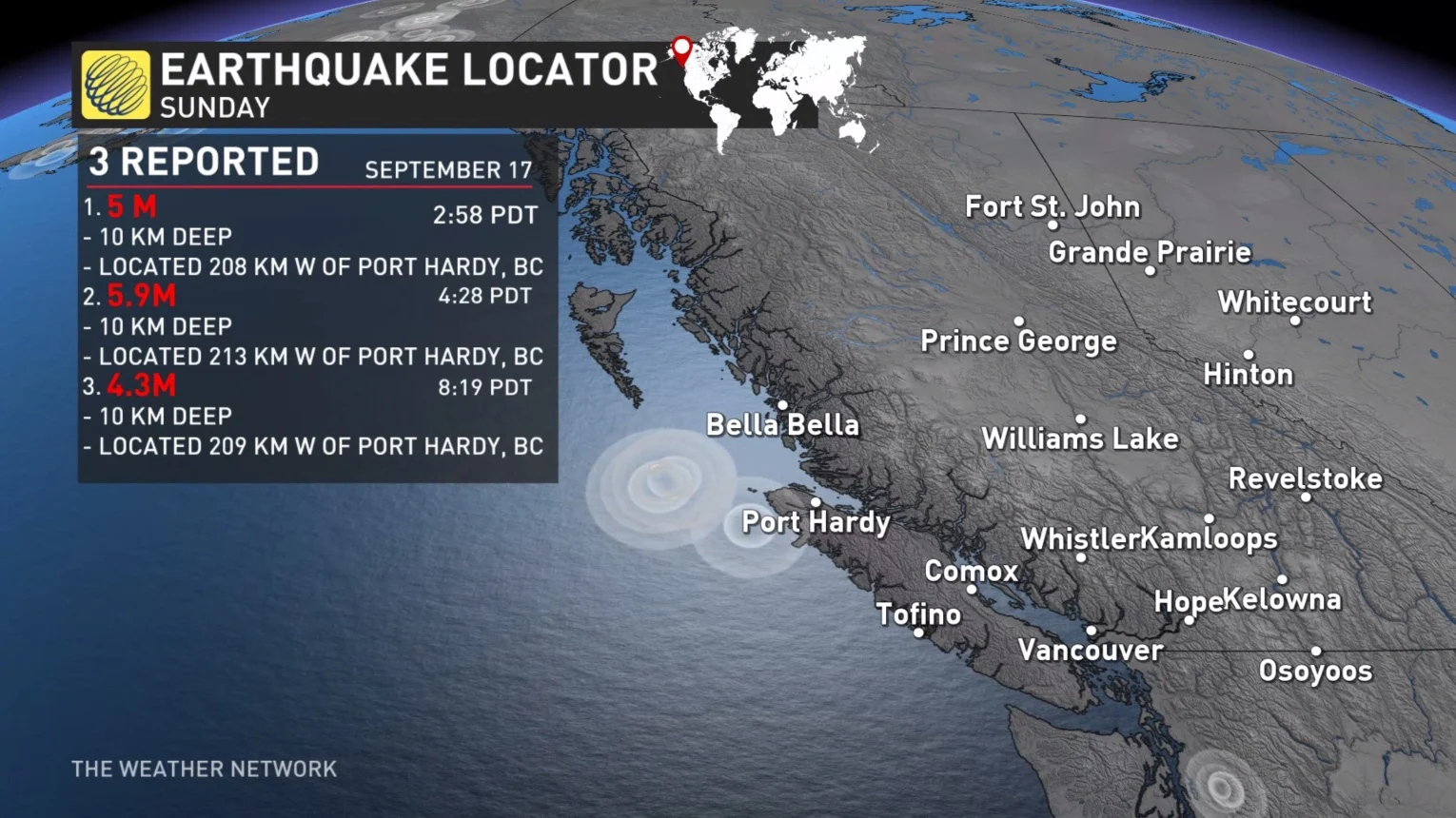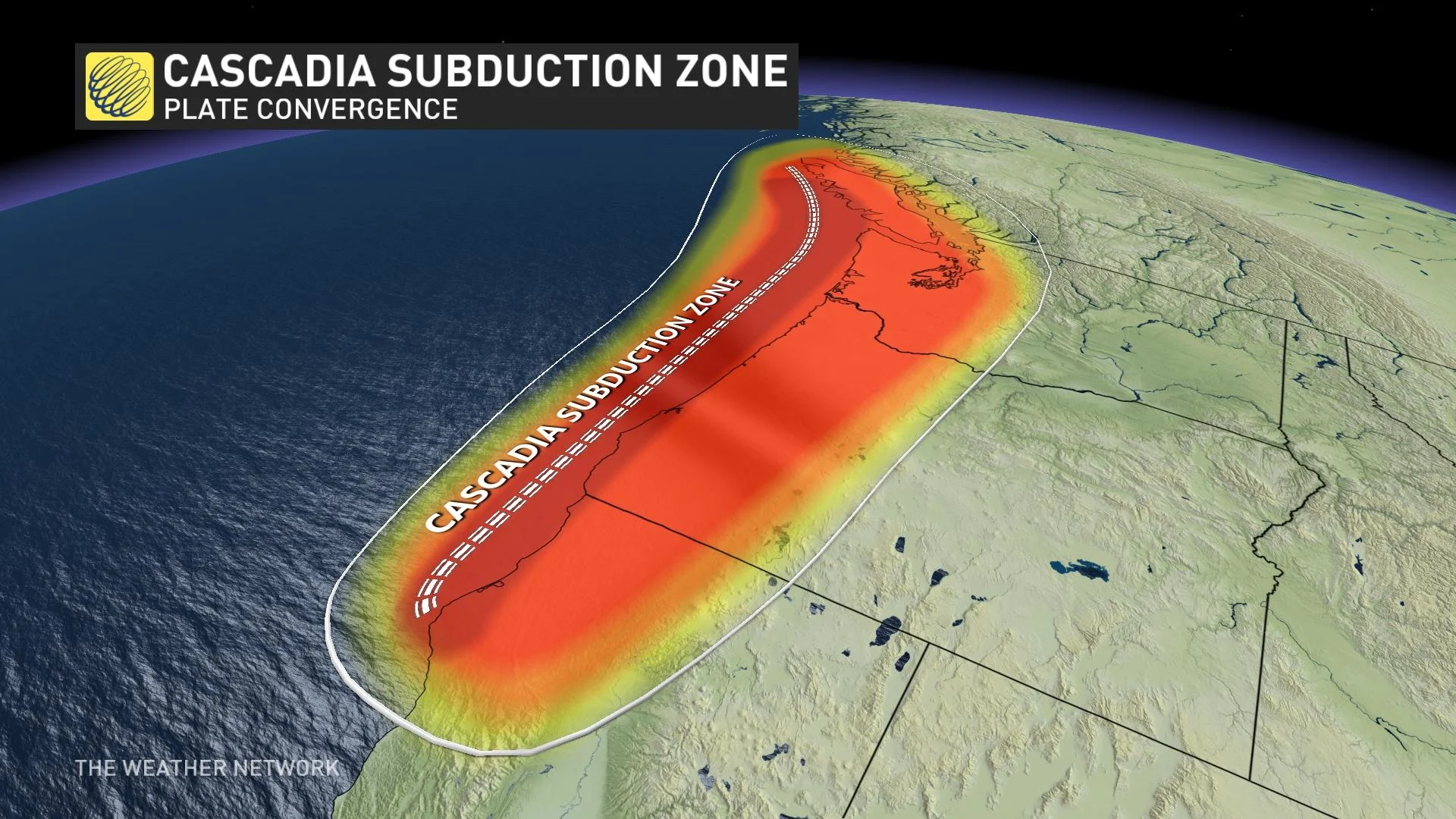
Swarm of 30-plus earthquakes recorded off B.C. coast in three days
There were as many as four earthquakes recorded off the coast of British Columbia Sunday morning local time, part of a swarm of more than 30 tremors that have been documented in the region since Sept. 14
British Columbia is known for its seismic activity, but it's not often the province is quite as active as it has been in recent days.
According to Natural Resources Canada (NRCan), there have been more than 30 events since Thursday, Sept. 14, but none have been felt and there has been no damage reported.
SEE ALSO: What B.C. is learning about earthquakes from the 2023 disaster in Turkey
"We are currently monitoring a swarm of earthquakes far off the coast of northern Vancouver Island," NRCan said on its website.
Multiple earthquakes were recorded off the coast of B.C. Sunday morning local time, with the strongest registering at magnitude 5.9. NRCan revised the latest quakes to 5.0, 5.9 and 4.3 magnitudes. They all occurred at depths of 10 kilometres, and were recorded 208, 213 and 209 kilometres west of Port Hardy, B.C., respectively.

No damage was anticipated, but the first two Port Hardy tremors did trigger tsunami alerts. However, none are expected.
The United States Geological Survey (USGS) gave slightly different magnitudes for the three Port Hardy earthquakes on Sunday, assigning them 4.5, 5.6 and 4.1, respectively. Damage from the quakes was also not anticipated from USGS.
As well, if you look closer at the USGS website, there was an additional B.C. earthquake on Sunday that wasn't recognized on NRCan's website. It said it occurred on Vancouver Island and had a magnitude of 4.3, registering at a depth of 12 kilometres. No damage or tsunami was expected.
Vancouver Island is located close to an active boundary of three tectonic plates – Pacific, Juan de Fuca and North American. The ongoing interaction among these tectonic plates has the potential to generate large earthquakes, according to Rachel Modestino, a meteorologist at The Weather Network.
All of these earthquakes are occurring along a subducting plate boundary, where the oceanic plate is subducting under the less dense North American Plate. This subduction zone is one of the most tectonically active locations in the world.

WATCH: What B.C. is learning about earthquakes from the 2023 disaster in Turkey
Thumbnail courtesy of Getty Images.











